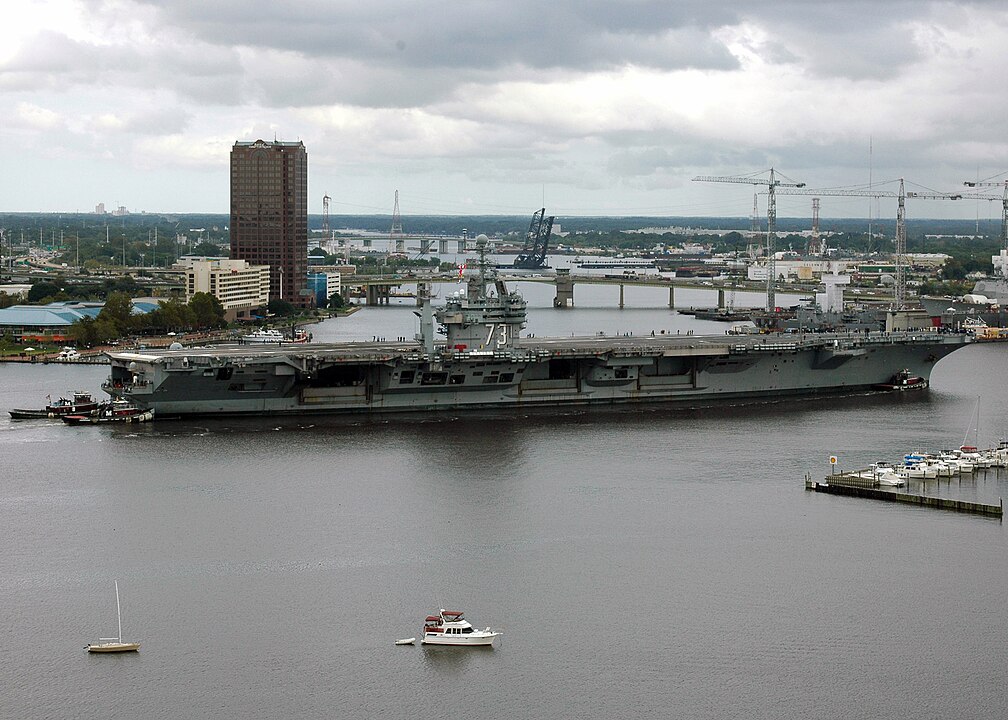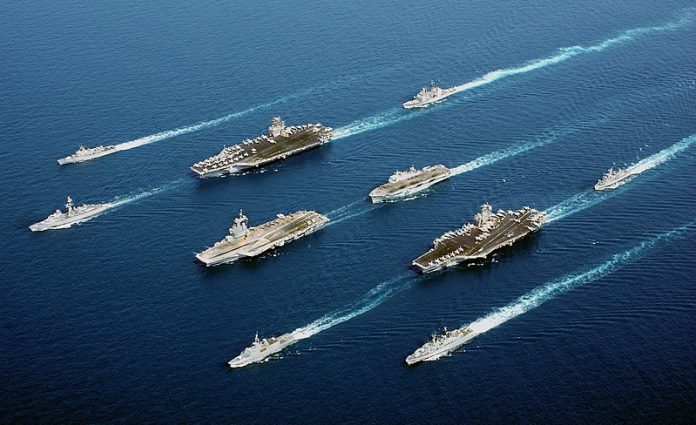
As of February 14, Three US aircraft carriers are already operating in the western Pacific Ocean, with two more on the way.

Their arrival will mark the first time that five of the 11-strong carrier contingent have operated in the region.
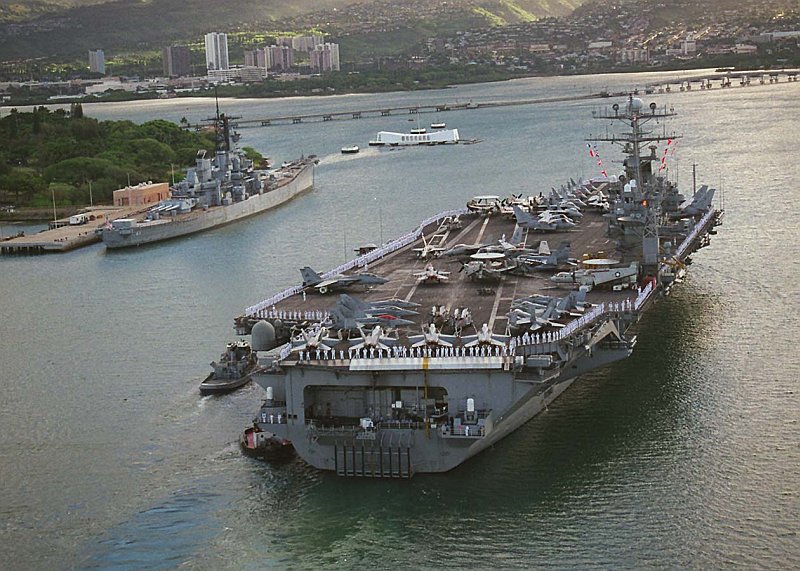
The USS Abraham Lincoln – part of the US Navy’s Pacific Fleet – was spotted heading out of its home port in San Diego, California, and was sailing towards the western Pacific as of February 5, according to the US Naval Institute’s Fleet and Marine Tracker.
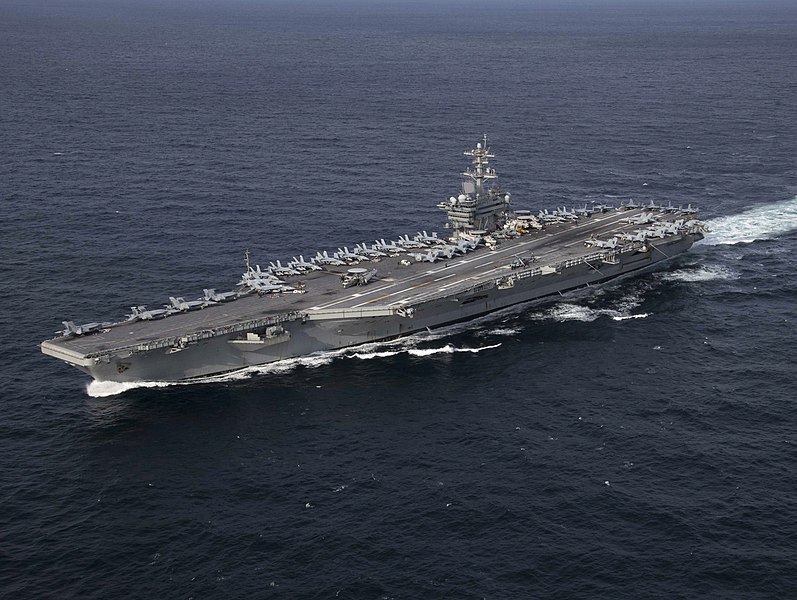
The USS George Washington will also join to substitute the USS Ronald Reagan as it heads to Puget Sound naval shipyard in Washington for maintenance.
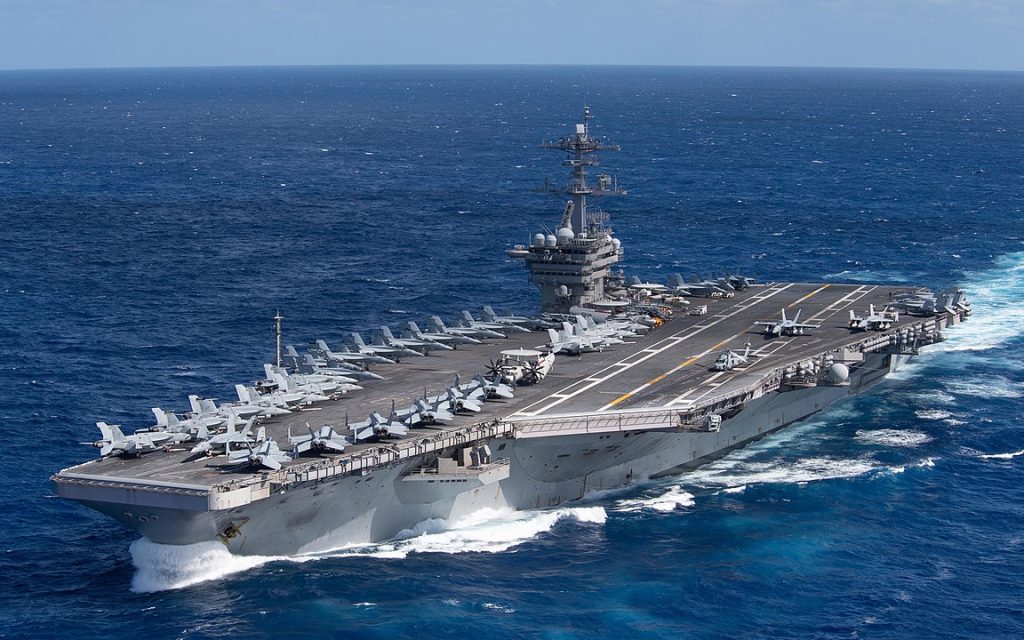
the USS Carl Vinson and USS Theodore Roosevelt were stationed in Guam and Hawaii, and are expected to stay in the western Pacific until April and July.

Last month, the Theodore Roosevelt and Carl Vinson strike groups took part in a Multi-Large Deck Event with Japan in the Philippine Sea that included enhanced maritime communication operations, air warfare operations, and cross-deck flight operations.

As Rear Admiral Christopher Alexander of Carrier Strike Group Nine asserted, “Being able to consistently conduct complex operations such as this demonstrates the inherent flexibility of the US Navy to operate whenever and wherever we choose, giving our nation and allies flexible options for deterrence and defense.”
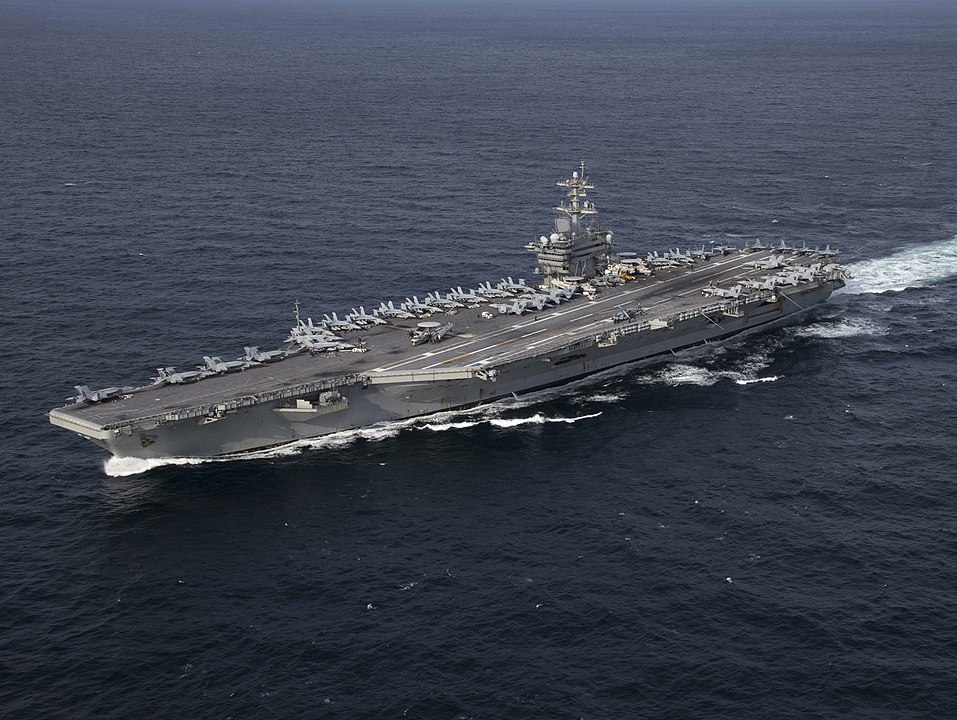
The significance of aircraft carriers in military strategy is highlighted by Brian Hart, a fellow at the Centre for Strategic and International Studies, who pointed out, “Aircraft carriers are one of the most visible assets in our military. Deploying multiple carriers to a region sends a very clear signal to adversaries.”

Benjamin Barton, associate professor at the University of Nottingham’s Malaysia campus, said the deployment was intended to signal Washington’s focus on the Indo-Pacific, despite the conflicts in Europe and the Middle East.

“It would seem that there a few reasons at stake: the first is clearly to send a strong signal to allied – of reassurance – and rival – of deterrence – powers alike in the Indo-Pacific,” Barton said.

The convergence of these U.S. carriers in the area not only demonstrates combat readiness but also appears to be a response to the election in Taiwan, as Timothy Heath from the Rand Corporation suggested.
related images you might be interested.


